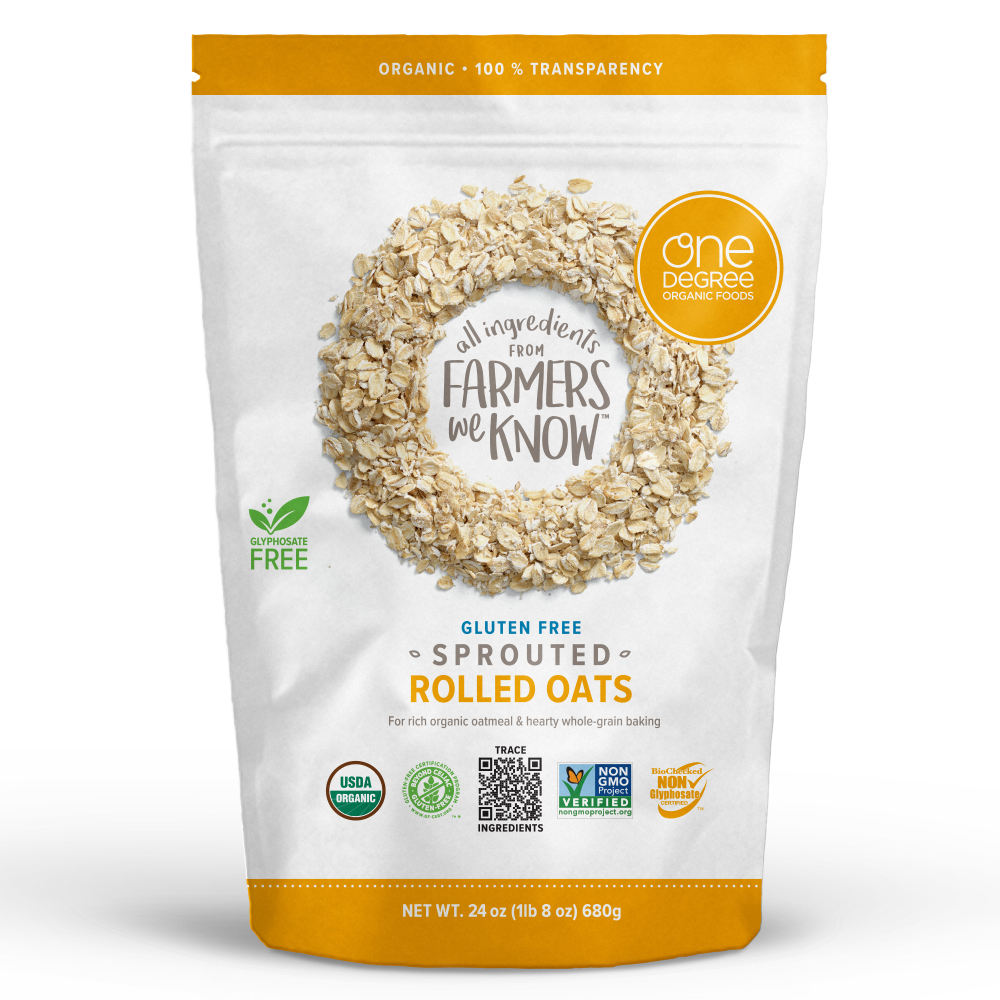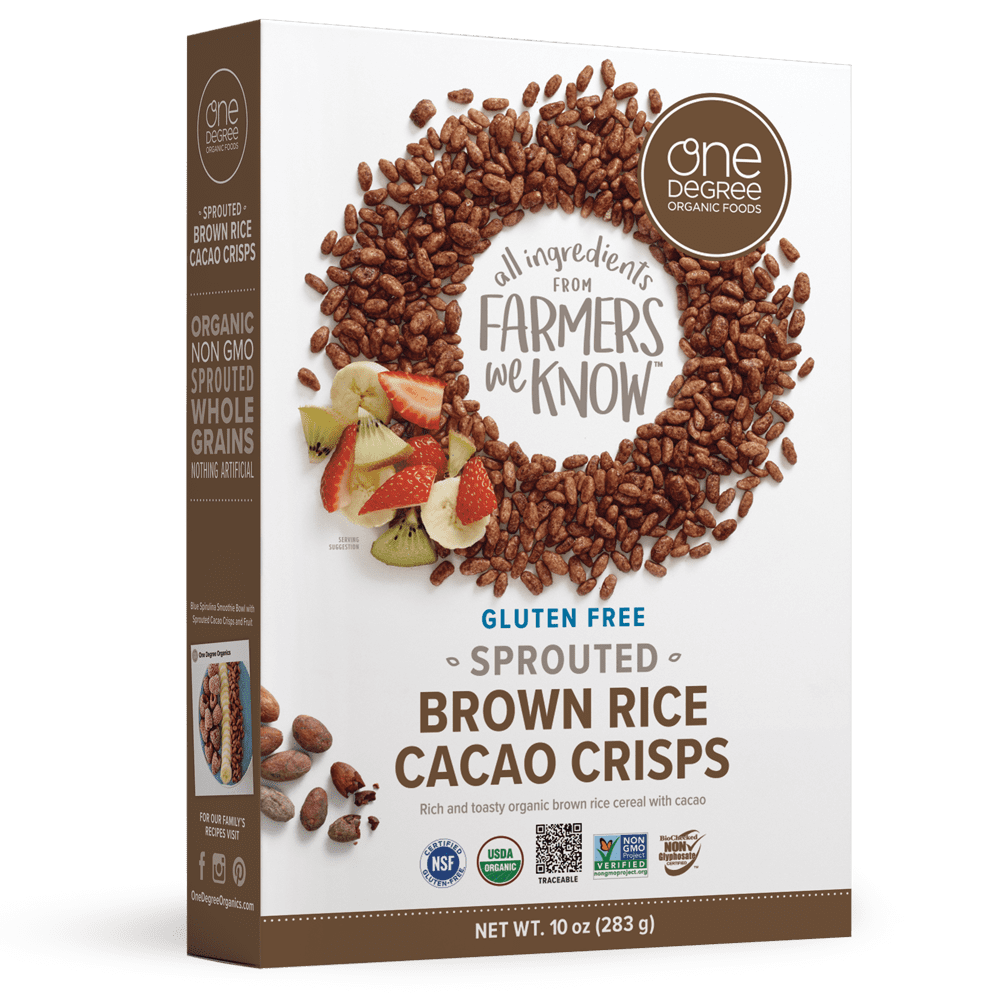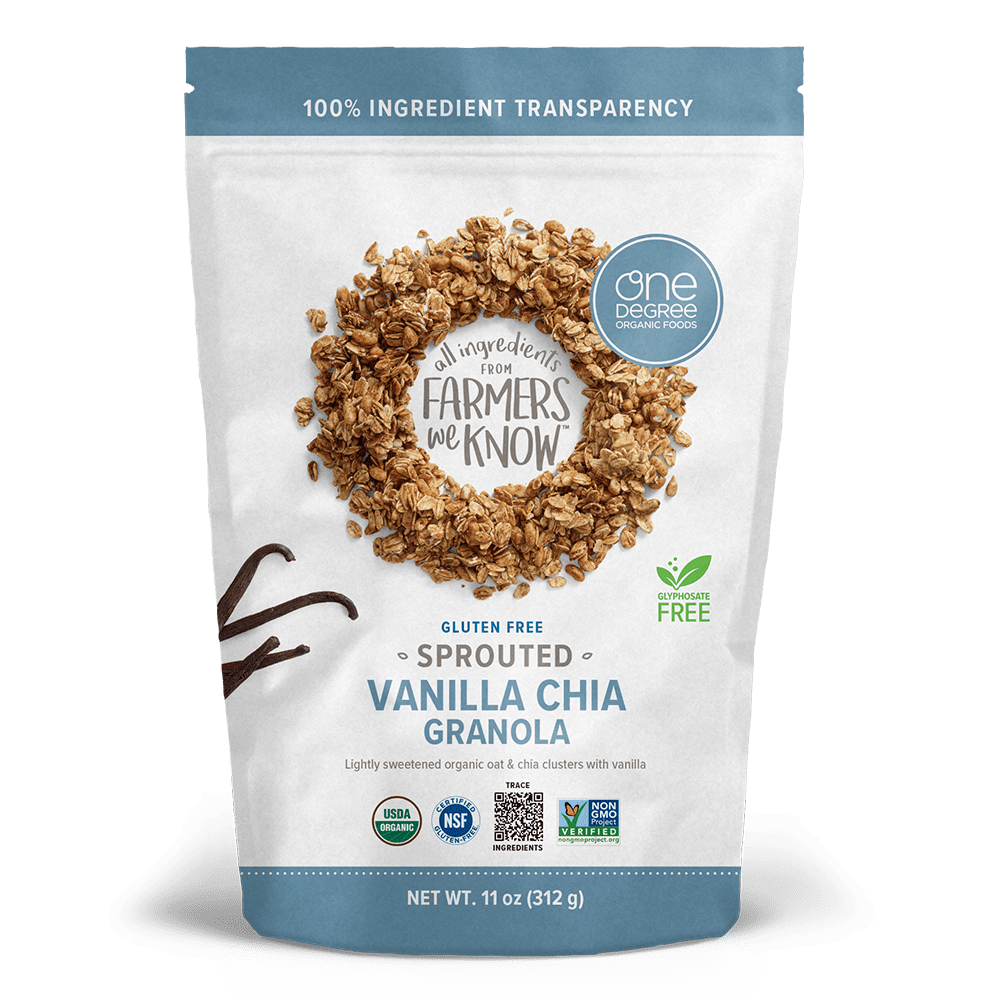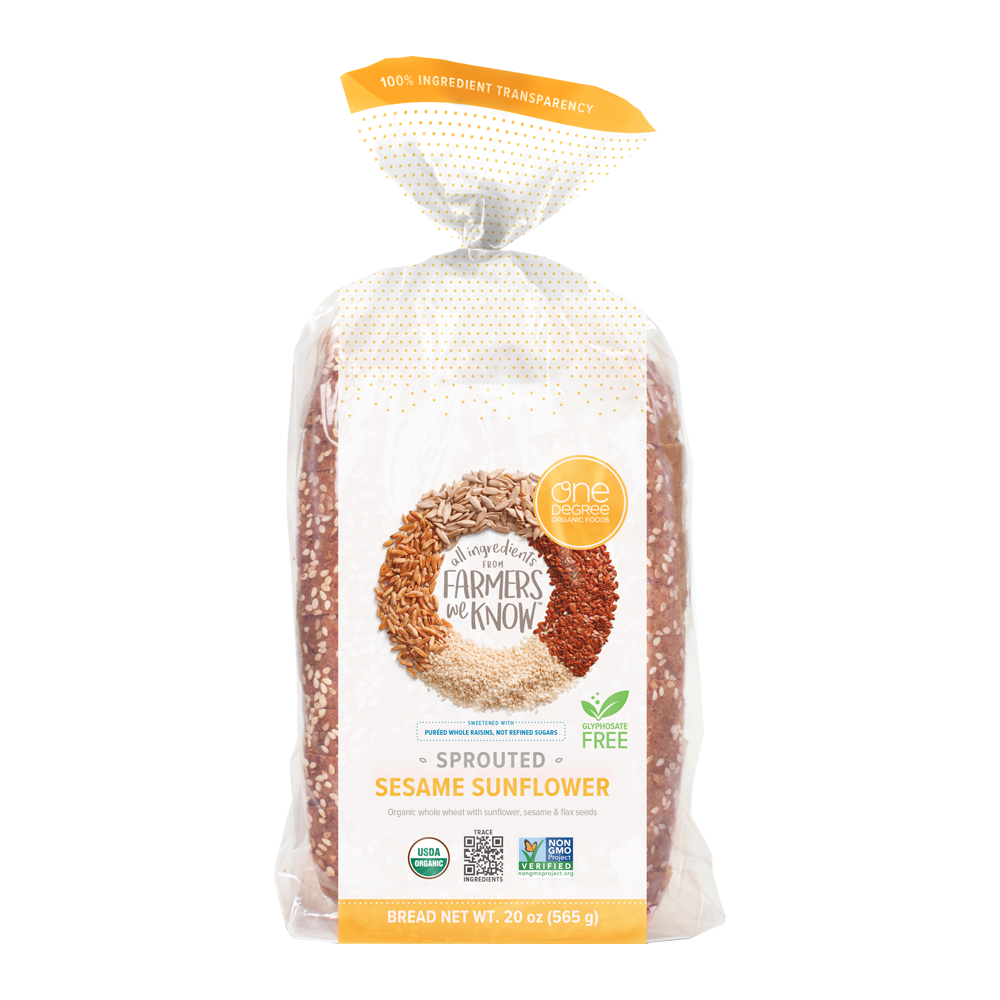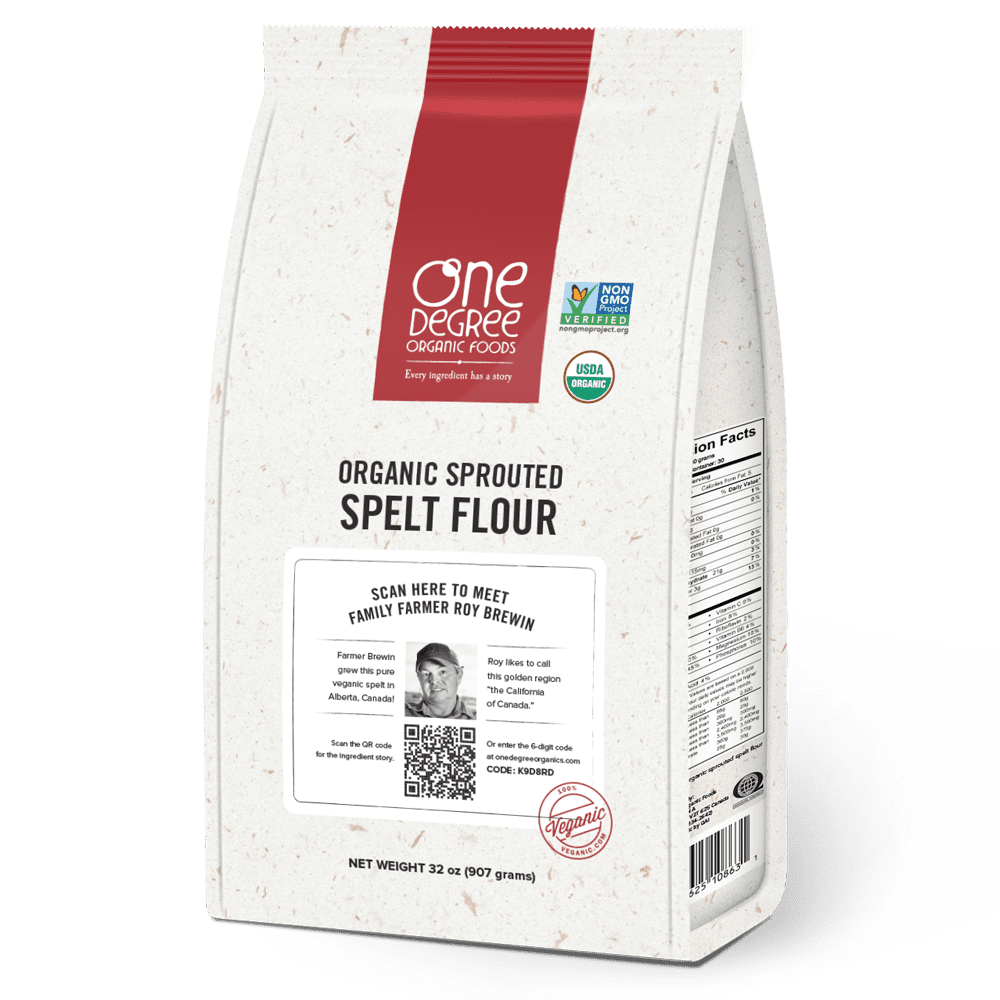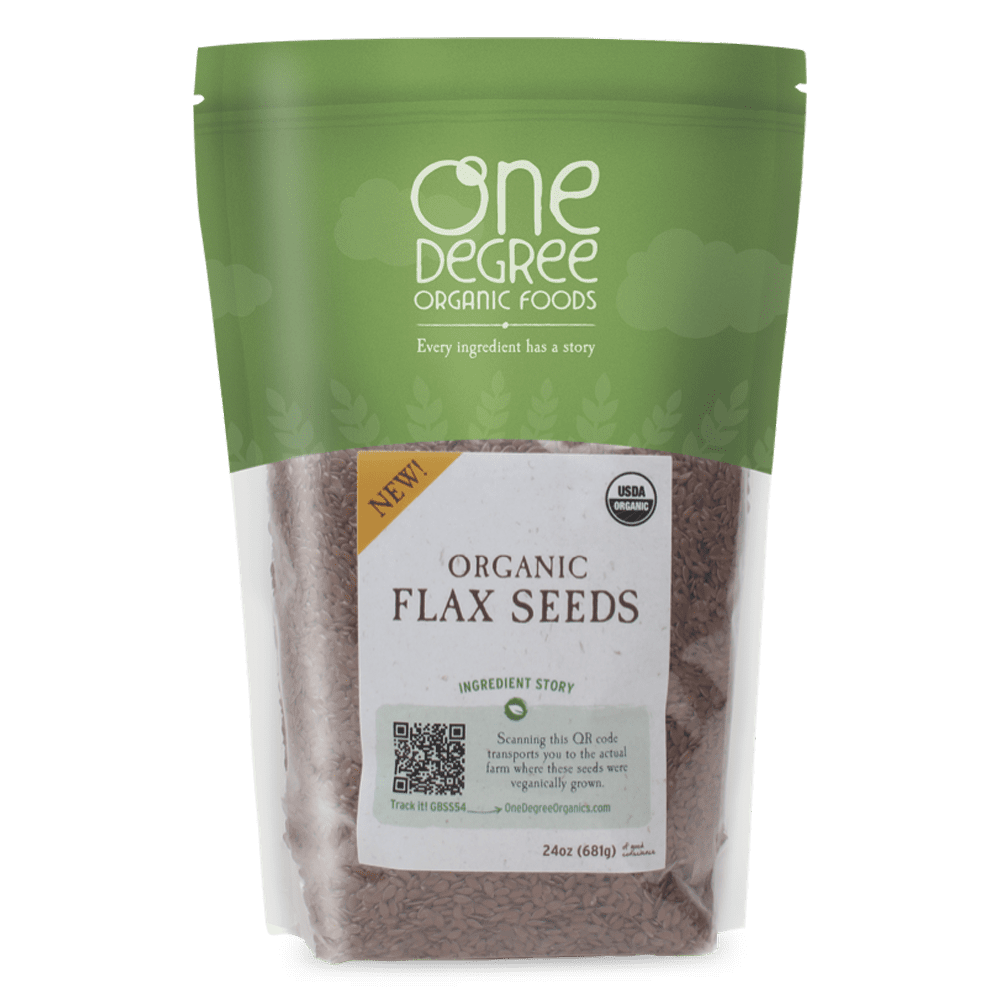Corn
Rowland Seeds
Taber, Alberta is known for its corn. You might even say it’s famous. Turns out, that delicious golden crop is the result of a lot of hard work, especially from organic farmers like Roy Brewin. “Usually when we go anywhere, whether it’s California or BC or Saskatchewan and you say ‘Taber’ the first thing people say is ‘oh! Taber corn!’” says Roy. “I think it’s a combination of the irrigation water from the Rocky Mountains being pure snow melt, plus the heat units are very high here in Southern Alberta. I strongly believe it’s something to do with the soil here. It’s a very rich soil.”
Roy would know. He is the third-generation farmer of Rowland Farms, following his grandfather’s immigration from England in 1906. “My grandfather rented me a quarter section of land when I was 16. I was farming after school,” recalls Roy. “I’ve been doing it since about ’77—over 40 years—and now the next generation is going to take it on.” His son and two daughters (Dustin, Dallas, and Tammy-Jo) are all equal part-owners of Rowland Seeds. The land owned by the family has been wholly organic since 1984.
Today the company is part of Western Canada’s largest organic producer, Rowland Farms, a family-operated agri-business that provides various farm processing services in addition to its diverse line of organic crops. Roy is the resident corn expert, carefully watching over 150 acres of certified organic grain corn (not sweetcorn, which is higher in sugar than grain corn). As part of our ongoing commitment to total food transparency, we visited him in Taber to learn more about his organic corn, which we use in our One Degree Organics products.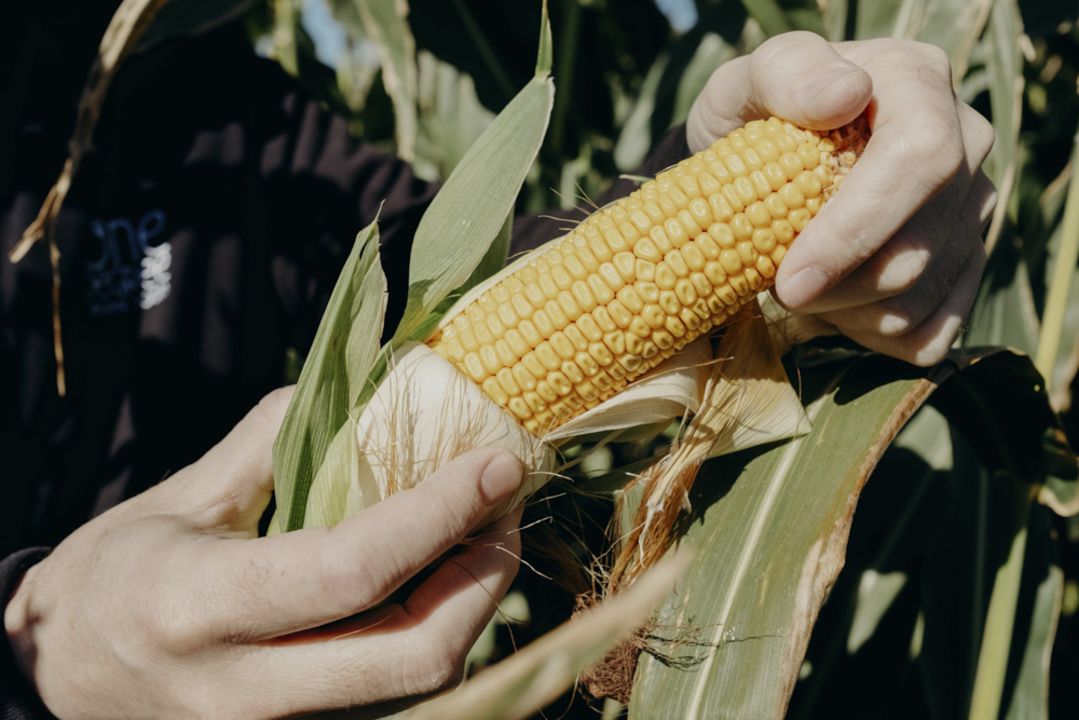
“Corn likes hot weather—heat units,” Roy explains. “That’s why Taber is a good area for corn. It’s what we call the California of Canada. We get hot days… a lot of heat units in this little pocket around Taber … corn likes that.”
The crop often gets a bad rap due to its heavily processed derivatives, such as high-fructose corn syrup, but what Roy is growing here in Taber is nothing like the syrupy ingredient popping up in packaged foods across the continent. This whole, organic grain corn is a rich source of vitamins A, B, C and E, is high in fiber, contains potassium and magnesium, and has antioxidants that can help fight cancer-causing agents and degenerative diseases.
All of those benefits, however, come with a particular caveat: it has to be organic. GMO corn grown in depleted soils don’t contain the same levels of beneficial vitamins, minerals, and antioxidants.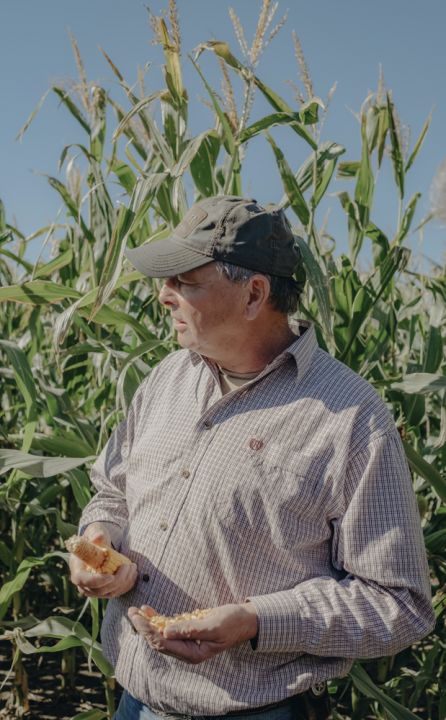
Growing organically is a sport of patience. Roy spends a lot of time paying close attention to the conditions of the fields, weather, humidity and dryness; he will often wait for a killing frost to take out the stalks naturally, so they’ll start to dry down, a process that can take another up to two weeks before he can harvest. Seeds planted in May won’t be harvested until the end of October.
“If the field wasn’t an organic field, an option would be to go in and kill it with a desiccant like glyphosate. Then you don’t have to wait for Mother Nature,” explains Roy. “So up to a month earlier they (other famers) can have their crop off safe and sound. They don’t have to deal with the early snowfalls that we could get in the beginning of October and November.”
Roy’s weeds are controlled using what he calls “old school” cultivation methods instead of herbicide like Monsanto’s Roundup (wherein the main active ingredient is glyphosate). Farmers working with GMO crops get to skip a number of steps Roy takes to maintain the integrity of the corn. “They just go in with Roundup and that will kill everything except the genetically-modified seeds,” he says. “It means the plant is resistant to glyphosate.”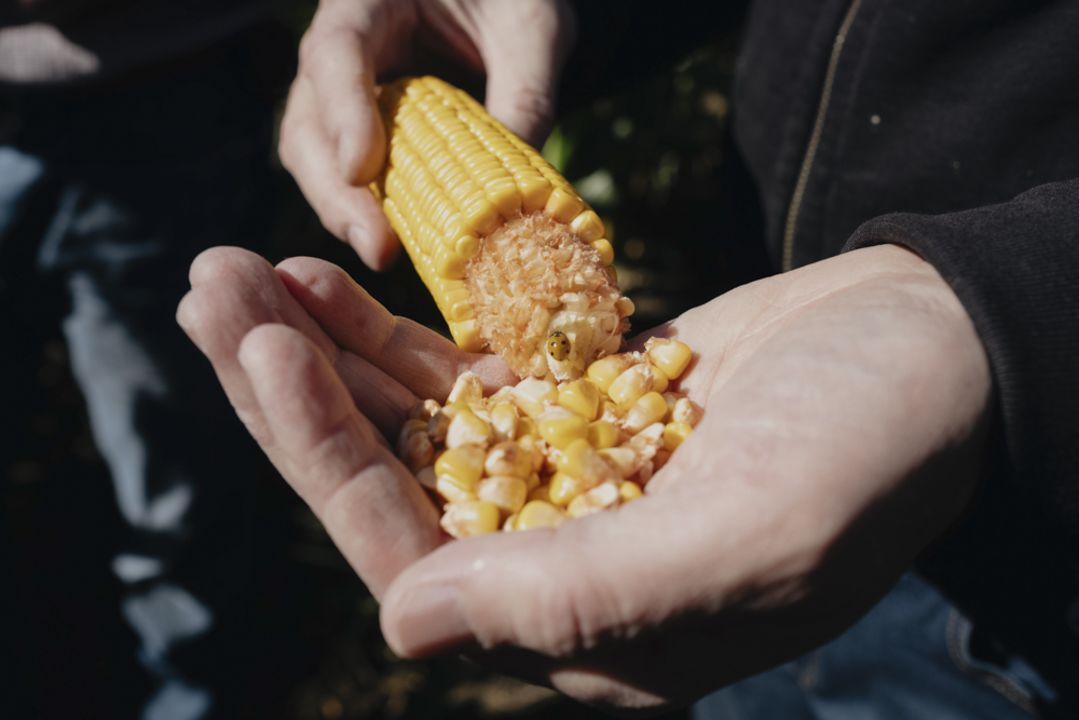
Using glyphosate also means that those farmers have the ability to plant more crops closer together; they don’t need to leave room for future cultivation the way Roy does. “You can see here I have a few weeds that the cultivator missed,” he points out. “But that genetically modified field, it’s clean—without a weed in it. It’s a lot easier for them to go in and spray it than it is for me to wait for the conditions to be dry enough, like I do.”
The crops dusted or sprayed also kill off beneficial insects like lady bugs, which, Roy explains, eat the aphids that get into the corn. An animal lover, Roy is as proud of these tiny workers as he is of the shelter that his field offers other visitors to the property. “Deer and pheasants really do well in a corn field,” he says. “The birds and the wildlife—20 to 30 head of deer—can use this field for cover. This is home to them right now.”
His respect for Mother Nature combined with Taber’s high temperatures is resulting in a higher than average yield, with two cobs per stalk instead of the usual one. Some stalks even had the start of a third cob, but those did not quite reach maturity. Either way, Roy is immensely proud of the end product’s organic status.
“I’m not a doctor and I’m not a scientist, but I know that if I had a plate right here and there was glyphosate sprayed on the crop a week or so before it was harvested, and [another] plate over here that I knew had no chemical or insecticides on it, I know which plate I’d be eating. I think it’s just natural to eat something that hasn’t been messed with.” We couldn’t agree more.
